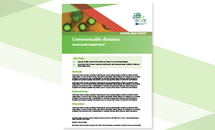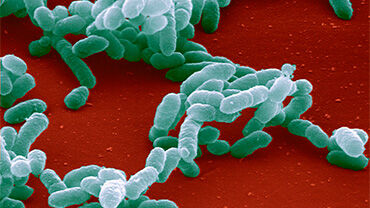Haemophilus influenzae disease - Annual Epidemiological Report for 2022
In 2022, 3 967 confirmed cases of invasive Haemophilus influenzae disease were reported in the EU/EEA.
Executive Summary
- In 2022, 3 967 confirmed cases of invasive Haemophilus influenzae disease were reported in the EU/EEA, representing a significant increase compared to the previous two years (1 694 cases in 2021, 1 849 in 2020), observed in parallel to the lifting of COVID-19 restrictions and measures.
- The notification rate was 0.9 cases per 100 000 population, which is an increase on 2020 and 2021 when it was 0.4 cases per 100 000 population.
- Age-specific rates were highest in infants under one year of age (7.0 cases per 100 000 population for male, and 4.5 for female), followed by people aged 65 years and over (2.5 cases per 100 000 population for male, and 2.0 for female).
- Serotyping data were available for 58% of the confirmed cases. Of the known cases, non-capsulated strains were the most common among all age groups and caused 73% of the cases overall. Serotype f was the most common capsulated serotype observed (10%).
- In 2022, there was a slight increase in H. influenza serotype b (Hib) which represented 9.1% (n=211) of cases compared to 7% (n=153) in 2018.
Download

Haemophilus influenzae disease - Annual Epidemiological Report for 2022 - EN - [PDF-1.63 MB]






